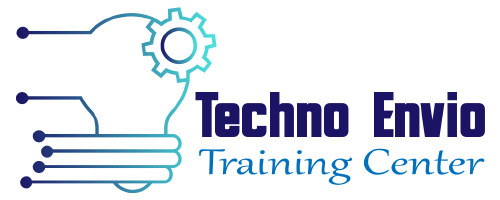Types of CNC Machines: Milling, Lathes, Plasma, and More
In the modern manufacturing landscape, Computer Numerical Control (CNC) machines are indispensable tools. They automate and enhance precision in various manufacturing processes, from creating automotive parts to intricate jewelry designs. Each type of CNC machine serves a unique purpose, offering different levels of precision, efficiency, and capability. In this article, we’ll explore the primary types of CNC machines, including milling machines, lathes, plasma cutters, and others, to give you a clear understanding of how they operate and what makes them essential in today’s manufacturing world.
1. CNC Milling Machines
CNC milling machines are perhaps the most versatile and widely used type of CNC machine. They operate by using rotary cutters to remove material from a workpiece, carving it into a desired shape. CNC mills can handle various materials, from metals and plastics to ceramics and wood, making them highly versatile.
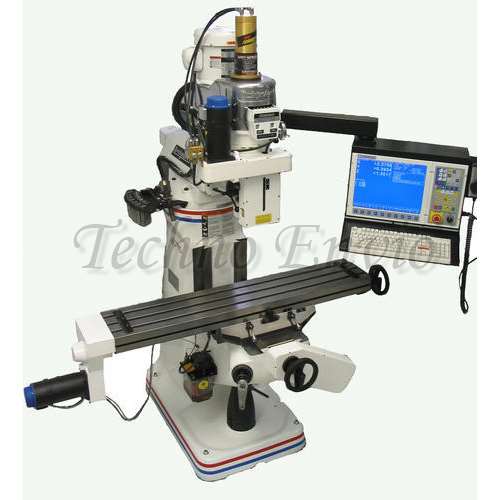
- Process: The milling machine’s cutting tool rotates at high speeds to carve out intricate details from the workpiece. The machine can move along multiple axes (often three, four, or five), allowing for complex shapes and surfaces.
- Applications: Used in creating parts for automotive, aerospace, electronics, and medical industries.
- Advantages: Highly accurate and capable of producing complex shapes with high precision.
2. CNC Lathes
CNC lathes are used to create cylindrical parts by rotating the workpiece against a cutting tool. Unlike milling, where the tool rotates, in lathing, the workpiece rotates while the cutting tool shapes it.
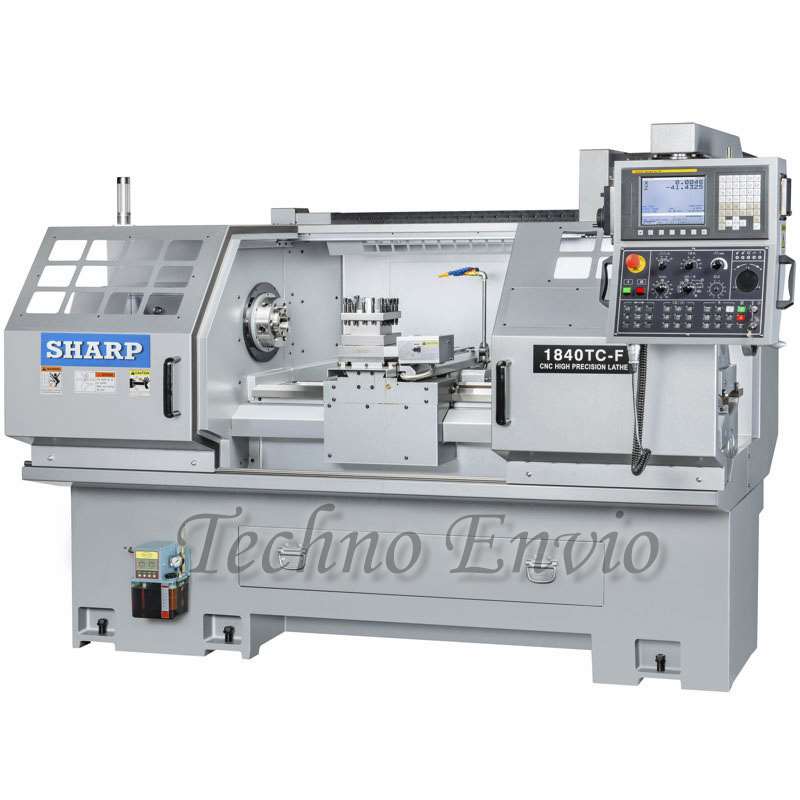
- Process: The workpiece is held in place and spun at high speeds, while a stationary cutting tool gradually removes material.
- Applications: Ideal for producing symmetrical parts like screws, bolts, shafts, and pipes.
- Advantages: Fast and highly efficient for producing round or cylindrical parts.
3. CNC Plasma Cutters
CNC plasma cutters are used for cutting through electrically conductive materials, such as metals. These machines use a plasma torch, which creates an extremely hot and fast jet of ionized gas (plasma) to cut through metal with ease.
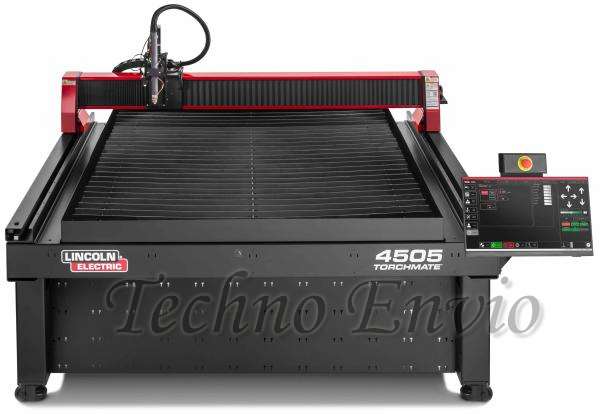
- Process: A plasma torch generates a focused beam of plasma to cut through metal with precision. It’s particularly effective for sheet metal applications.
- Applications: Often used in automotive repair, construction, and metal fabrication industries.
- Advantages: Capable of cutting thick metal sheets quickly with a clean finish.
4. CNC Machines Laser Cutters
CNC laser cutters operate similarly to plasma cutters, but instead of plasma, they use a highly focused laser beam to cut through or engrave materials. Laser cutters are ideal for applications requiring a high degree of detail.
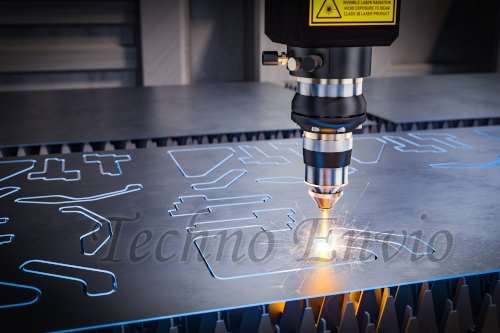
- Process: The laser beam heats the material until it melts, burns, or vaporizes, creating clean and precise cuts.
- Applications: Commonly used in signage, jewelry, electronics, and decorative art industries.
- Advantages: High precision and excellent for intricate patterns; can also engrave.
5. CNC Router Machines
CNC routers are similar to milling machines but are generally used for softer materials like wood, plastic, and foam. These machines are frequently used for producing furniture, cabinetry, and intricate designs on wood.
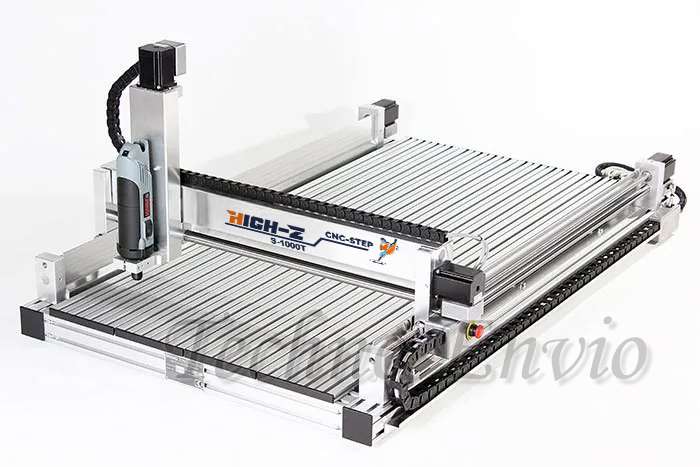
- Process: The router bit moves along multiple axes to carve the desired shape out of the workpiece.
- Applications: Woodworking, furniture making, and signage.
- Advantages: Cost-effective and perfect for high-speed cutting of softer materials.
6. CNC Electric Discharge Machines (EDM)
CNC EDM machines use electrical sparks to remove material from a workpiece, a process suitable for hard metals that traditional cutting methods may struggle with.
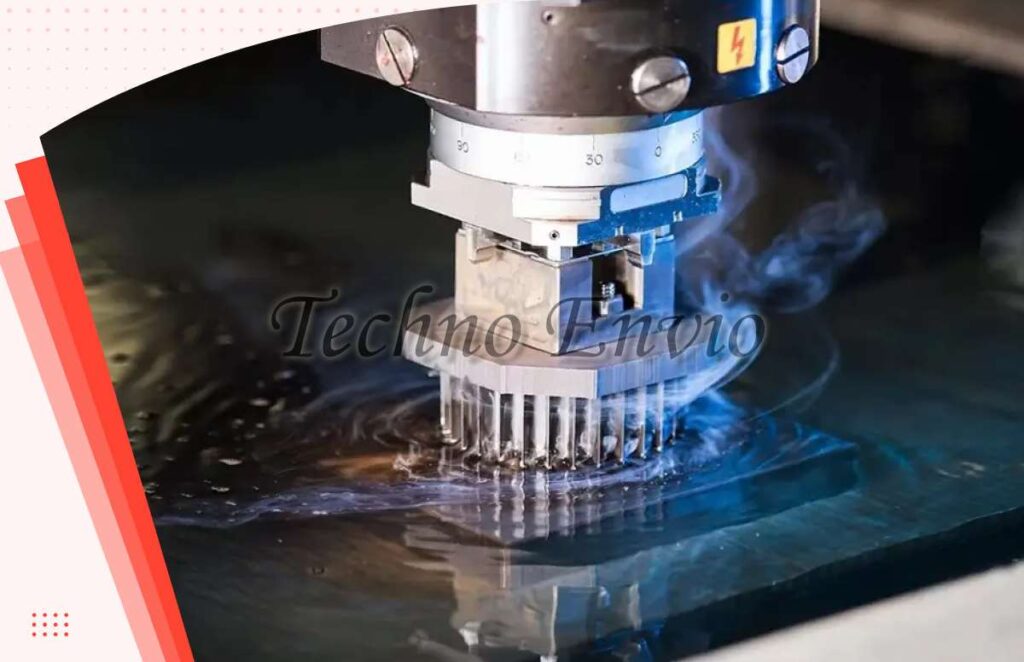
- Process: EDM machines create sparks that vaporize the material, allowing for high-precision cutting without direct contact.
- Applications: Commonly used in tool and die-making, aerospace, and electronics.
- Advantages: Ideal for working with hard materials and for creating fine details or sharp edges.
7. CNC Waterjet Cutters
CNC waterjet cutters use a high-pressure jet of water, sometimes mixed with abrasives, to cut through materials without generating heat. This cold-cutting process is ideal for materials sensitive to high temperatures.
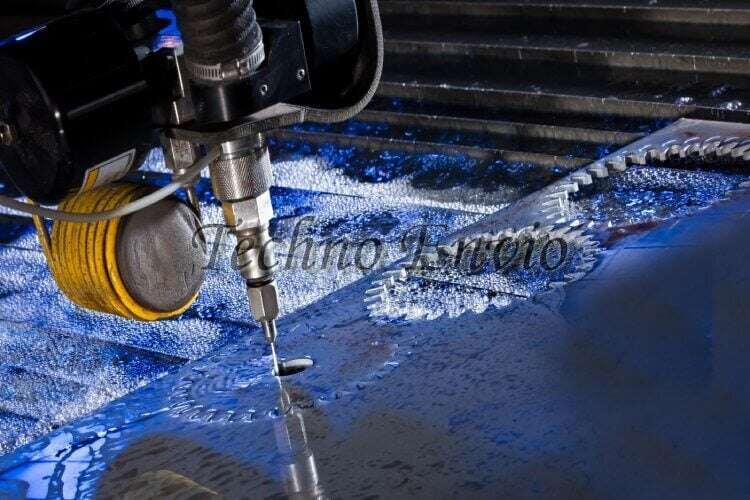
- Process: A high-pressure jet of water (often mixed with an abrasive substance) is directed at the material to cut through it without generating heat.
- Applications: Used in automotive, aerospace, and architectural industries.
- Advantages: Precise, environmentally friendly, and can cut materials that may be deformed by heat, like rubber, stone, and glass.
8. 3D Printers (Additive CNC Machines)
Unlike other CNC machines, which remove material, CNC 3D printers add material layer by layer to build a part. They’re ideal for prototyping, rapid manufacturing, and creating custom parts.
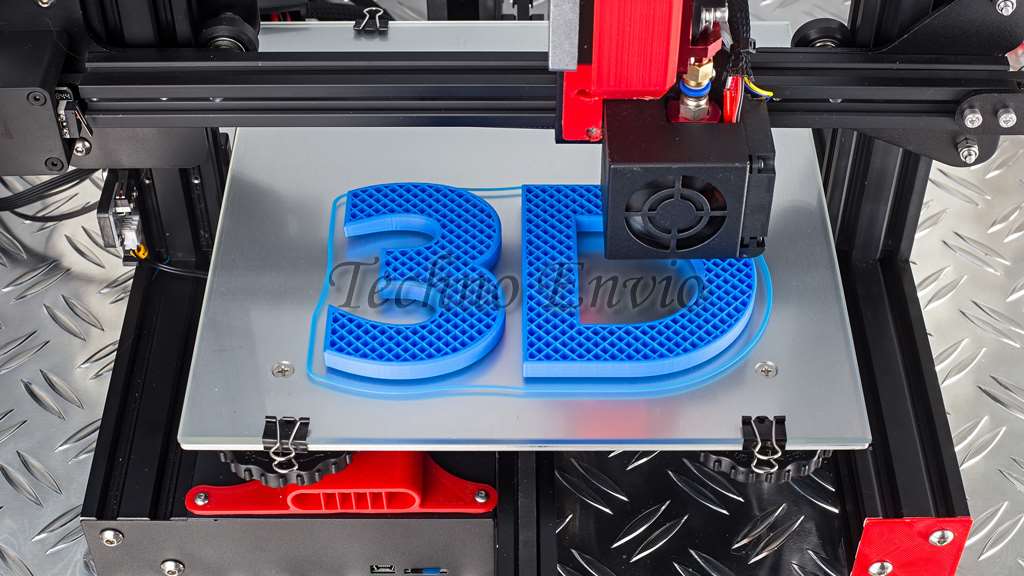
- Process: Material is extruded through a nozzle and deposited layer by layer to form a 3D object.
- Applications: Prototyping, product development, and custom manufacturing.
- Advantages: Allows for the creation of complex geometries and designs that would be difficult or impossible with traditional machining.
Choosing the Right CNC Machine
Each CNC machine serves a specific purpose, so selecting the right type depends on the material, design complexity, and application requirements. For example:
- High Precision: Choose CNC milling or EDM for intricate metal parts.
- High Speed: CNC lathes and routers are faster for symmetrical and softer materials, respectively.
- Heat-sensitive Materials: CNC waterjet machines are preferred.
FAQ: Types of CNC Machines
Q1: What is the main difference between CNC milling and CNC routing?
While both use rotary cutters, CNC routers are typically used for softer materials like wood, while CNC mills handle harder materials like metals.
Q2: How do plasma cutters compare to laser cutters?
Plasma cutters are best for thick metal sheets, while laser cutters offer higher precision for thinner materials and intricate designs.
Q3: Can I use a CNC machine for multiple materials?
Yes, but it depends on the machine. For example, CNC mills handle metals and plastics, while CNC routers are better for wood.
Q4: What is the advantage of CNC waterjet cutting?
Waterjet cutting is ideal for materials that might deform under heat, like rubber or stone, and produces a clean, precise cut.
Q5: Are 3D printers considered CNC machines?
Yes, 3D printers fall under additive CNC machines because they use computer control to build objects layer by layer.
Q6: What’s the best CNC machine for prototyping?
3D printers are often best for prototyping because they allow quick iterations of complex designs.
Q7: Which CNC machine is ideal for engraving?
Laser cutters are ideal for engraving due to their precision and ability to handle various materials.
Conclusion
CNC machines, ranging from milling and lathes to plasma and waterjet cutters, offer powerful solutions across industries. Each type has its unique features, catering to specific material types and production needs. With the right choice, CNC machines enable high precision, efficiency, and flexibility, making them indispensable in modern manufacturing. Understanding these machine types helps ensure you select the right tool for your manufacturing process.
